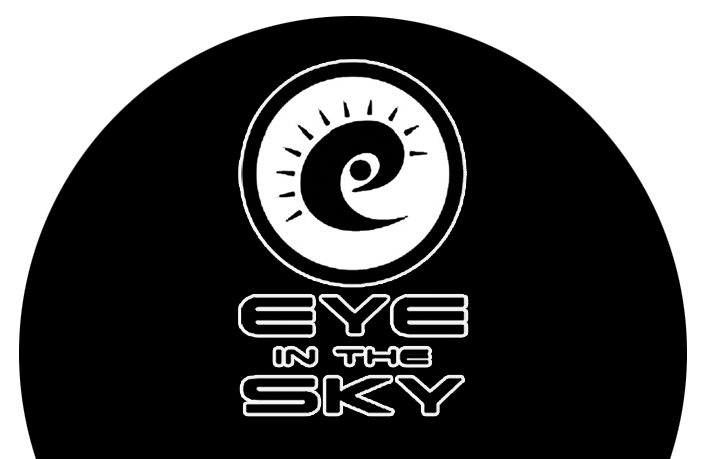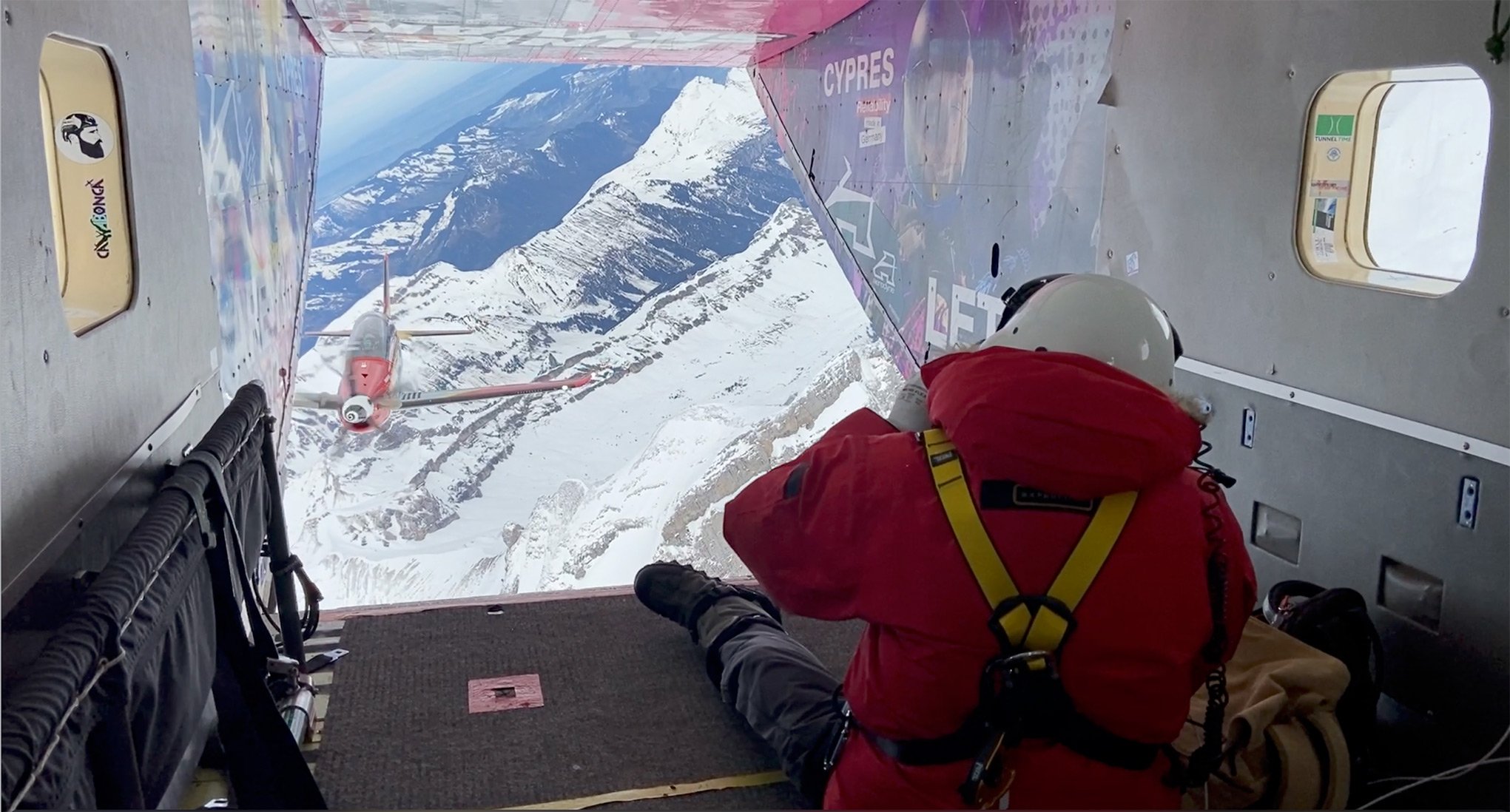RAW JEPG
WHAT IS THE DIFFERENCE BETWEEN A RAW FILE AND A JPEG?
You may wonder what all the fuss is about between shooting in RAW compared a jpeg (.jpg)?
A .jpg is a compressed file so that the image will occupy a smaller amount of space on your hard drive, or take less upload or download time to send. The JPEG (Joint Photographic Experts Group) consortium was set up to do this many years ago and is the most common file type for image compression. Generally it is seen as a three letter extension as a suffix to your image, such as; .jpeg or .jpg
The only side effect is that under severe compression, you may see ‘jaggies’ or pixel fragments/artefacts. Depending on how you will show your work governs what you record. Meaning if your images will end up on the web as a small 6 - 11cm image, the jaggies don’t really matter that much.
On the other hand if your work is destined for gallery display, then quality is paramount.
RAW; A Raw file carries information direct from your digital camera’s CCD and by-passes any camera settings you may have made. A RAW image is compared to an exposed but unprocessed image, so it is not useable until you process it. But it does mean that you can go back to it and generate a different exposure as it carries an unlimited amount of visual information. Various camera manufactures have their own propriety terminology, such as NEF for Nikon, CR2 for Canon, ORF for Olympus, PET for Pentax, RAF for Fuji and many more.
You can see the difference in the images below of the two file sizes jpeg and NEF. This shows how much more information a RAW file has compared to a .jpg. 2.1MB compared to 26.2MB, so it’s quite different. Note the comparisons in the enlargements of the landing gear, the jpeg is a softer, meaning there is less information in the file. But with today’s cameras recording file sizes up to 45 Megapixels, then the edges between the quality of .jpg and RAW images become blurred.
A benefit of using Adobe Bridge to organise your files, is that it can open a .jpg file as a RAW file. But it must be converted to .jpg first if you are using .png. In the images below you can see with the .png file it can not be opened as a RAW file in Bridge. So you have to open the .png in Bridge as normal, then save it to the same location as a .jpg, then you can open this as a RAW file with all its attributes.
All photography and information © Jon Davison 2022










